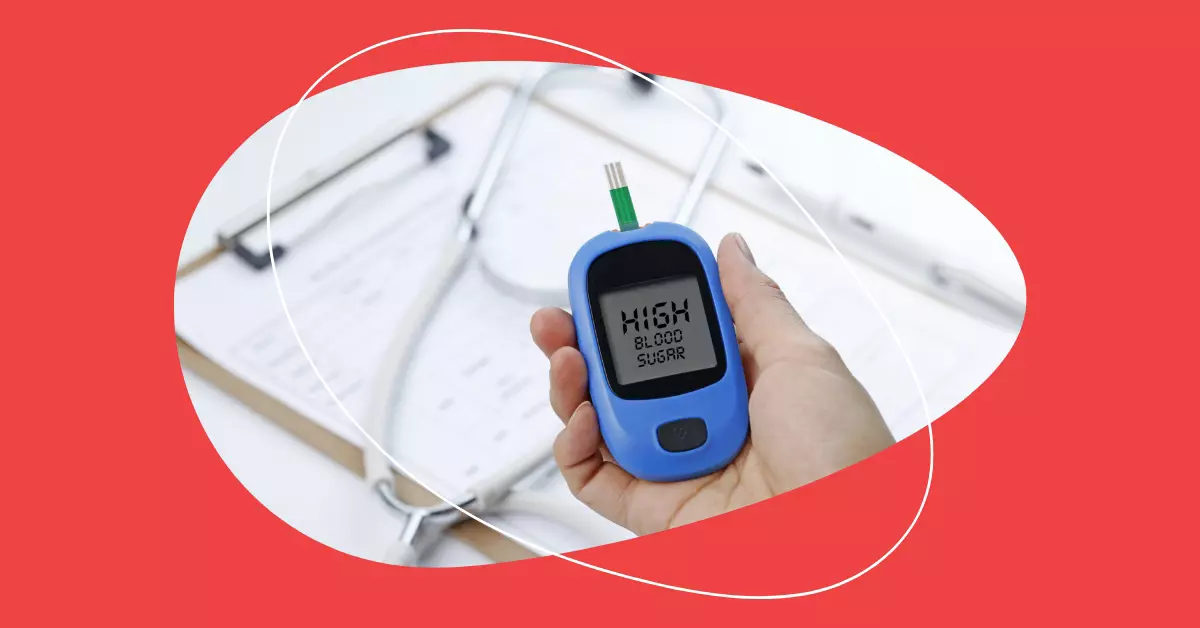Diabetic socks: Solutions With Socks

Patients with diabetes must take care of their feet as a part of their diabetes management. Let us find out how diabetic socks are useful for them.
Table of Contents
What are diabetic socks?
People with diabetes have a higher chance of developing neuropathy, vascular diseases, and infections. Non-restrictive socks, also called diabetic socks, are designed for people with diabetes and can alleviate pressure on the feet or legs.
Diabetic socks make sure the feet remain dry and have enhanced blood circulation, and decrease the risk of foot injury. For diabetic patients, foot care is an important part of managing blood sugar levels. Higher blood sugar levels can lead to nerve damage and heart diseases.
-
Diabetic neuropathy can cause a diabetic patient to be unaware of an injury due to a decrease in sensation in the feet. This, sometimes, delays treatment for the patient.
-
Elevated blood sugar levels hinder the immune system of people with Type -2 diabetes. Circulation problems in diabetic patients interfere with the healing of wounds.
-
Such problems can be fatal.
Why do diabetes patients need socks?
Diabetes is a condition where a person's blood sugar is higher than 140 mg/dL.
Blood sugar is the main source of our energy. The pancreas secretes a hormone called insulin, which helps glucose to get into our cells to be used for energy. Sometimes, the body does not make enough insulin and the glucose stays in your bloodstream.
There are many different kinds of diabetes:
Type I: In this type, the body does not secrete insulin. The immune system attacks and destroys the cells that create insulin.
Type II: In this type, the body does not make enough insulin or utilize it well.
Gestational: This type occurs in some women when they are pregnant. In most cases, it goes away when the baby is born.
Other types: Less common types are monogenic diabetes, and cystic fibrosis-related diabetes.
Not all diabetic patients need diabetic socks. Diabetic patients who do not have foot problems can wear regular socks with a comfortable fit.
Diabetic patients benefitting from diabetic socks are the ones who:
-
Experience temperature changes in their feet
-
Show frequent changes in the color of their feet
-
Have irritation and damage to the nerves
-
Have frequent blistering, fungal, and bacterial infections
-
Suffer from excess sweating or moist feet
-
Are at risk of peripheral arterial disorder
What are some features of diabetic socks?
Diabetic socks are designed to address foot issues associated with diabetes. Some common features of diabetic socks are:
-
Moisture-wicking material
The most beneficial aspect of diabetic socks is their ability to keep the feet dry. Made of a special fabric that "wicks away" moisture from the feet to allow the sweat to evaporate. It helps in lowering the risk of fungal infections and prevents odor.
Dry feet lead to a decrease in the development of blisters and other wounds.
-
Seamless
Diabetic socks are typically made without seams along the toe to reduce the risk of rubbing and blisters, which could lead to ulcers, especially for patients with chronic hyperglycemia.
The socks sometimes have white soles to reveal the draining of a wound that may not be felt.
-
Soft yarn
Diabetic socks are made of fine-textured and soft material that isn't likely to cause abrasions on the skin.
Common fabrics used in making diabetic socks include spandex, bamboo, elastic, Lycra, cotton, nylon, and viscose. The soft fabric helps in reducing friction, which leads to blisters.
-
Non-elastic binding
Diabetic socks are designed to stay put without squeezing the calves, which can restrict the blood flow.
-
Anti-microbial properties
Socks for diabetic patients need to be antimicrobial to prevent the growth of bacteria and fungi.
-
Padded soles
Diabetic socks are often provided with extra padding to prevent foot injuries. The pads are made from thick fabric or gel, or silicone pads are sewn to the socks.
-
Smart technology
With the help of modern technology, some diabetic socks have sensors in them. These sensors help in tracking the foot temperature to alert the user via an app, if, say, an ulcer is forming.
What are the benefits of diabetic socks?
Below are the benefits of wearing diabetic socks:
-
Keeps feet dry
-
Reduction in blister formation
-
Prevention of bacterial and fungal infections
-
Regulates foot temperature
-
Reduction in diabetic nerve damage
-
Provides mild compression for the increase in blood circulation
-
Designed for a comfortable fit
-
Protects sensitive pressure points
-
Reduces odor
-
If the foot is injured, the blood is visible
-
Women with gestational diabetes can use the socks for reducing swelling of the feet
Are diabetic socks and compression socks the same?

A small change can make a huge difference.
Compression socks are not diabetic socks.
Compression socks are meant to improve constriction so that blood flows to the heart. It is not advisable to use medical-grade compression socks for diabetic people because these socks can decrease blood flow and accelerate damage.
Though, some diabetic socks provide a light compression that may ease the swelling without inhibiting the blood flow. If you are a diabetic patient who has swollen feet, they should consult the doctors.
To know more about compression socks, read here.
How to care for your socks
Frequent use of diabetic socks can lead to their wear and tear. Good quality diabetic socks last for six-eight months with proper care.
Do the following to take care of your socks:
-
Wash them in mesh laundry bags in washing machines
-
Let them air dry or on low heat
-
Use sweater comb to remove lint
-
Replace when you see holes and rips
Duration of wearing diabetic socks?
Most people who need diabetic socks should wear them daily. It is recommended not to wear diabetic socks overnight.
If there are any issues you face regarding your feet, you should consult your healthcare provider.
Conclusion
Some diabetic patients need exceptional care for their feet to make sure they live a normal, healthy life.
Made of various materials, diabetic socks are helping patients manage their circulatory and nervous systems so that they can prevent any risk to their health.
One of the best-known fabrics for diabetic socks is bamboo fiber material. It is known to provide diabetic patients with anti-microbial properties and thermoregulation. Its soft fabric does not cause skin abrasions. It is also environmentally friendly.
Check out our collection of bamboo fiber here.








